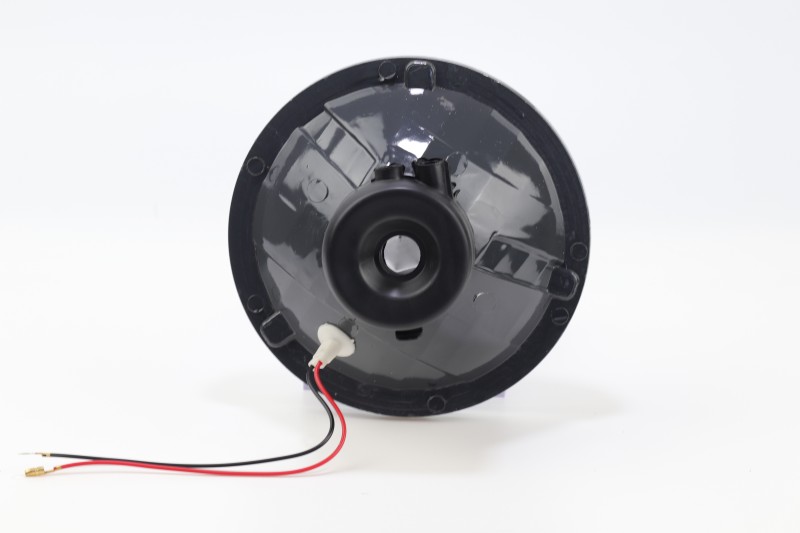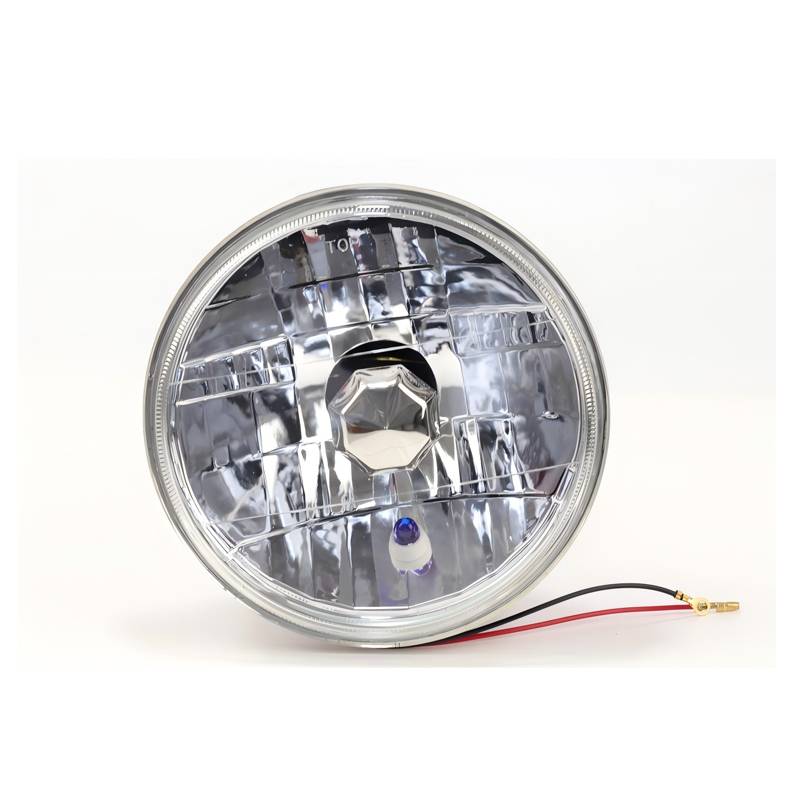Register an account | Forget the password
Become our member and enjoy discounts on purchases in this mall
In the automotive field, the emergence of daytime running lights (DRLs) is undoubtedly a manifestation of technological progress and an important part of automotive safety culture. However, does this kind of light that is turned on continuously during daytime driving really consume electricity and damage the battery as some people worry? This article will explore the multiple uses of daytime running lights and their impact on the power system, and reveal their potential negative effects through reasonable use and maintenance.
1. Improve vehicle recognition: Make the vehicle stand out in daylight
The main purpose of daytime running lights is to improve the visibility of vehicles in daylight. According to the International Commission on Illumination, daytime running lights can make vehicles more recognizable at long distances and in adverse light conditions. In strong sunlight or backlight conditions, ordinary vehicles may be blurred in the background, while daytime running lights can highlight the outline of the vehicle, making it easier for other road users to notice. This increase in visibility helps reduce the risk of traffic accidents and improve driving safety. A European traffic safety study report shows that vehicles using daytime running lights have a 15% lower accident rate on multi-lane roads than vehicles that do not use them. This shows that daytime running lights play an important role in improving road safety. In daily driving, this increase in visibility also brings us many conveniences. For example, at busy traffic intersections or when looking for your own vehicle in a parking lot, vehicles with daytime running lights are always more likely to attract the attention of others.

2. Safety warning function: Guardian in bad weather
In low-visibility weather conditions such as haze, heavy rain or snow, the lighting of daytime running lights is particularly important for reminding pedestrians and vehicles around. These lights are designed to ensure that vehicles can be spotted in a timely manner in all weather conditions to avoid potential collisions. Daytime running lights remind other road users to ensure safety by sending bright light signals to the outside world. In this regard, they play an important role. According to research by the Insurance Institute for Highway Safety, daytime running lights can significantly reduce vehicle collisions in bad weather conditions. These lights not only remind other vehicles to ensure safe driving, but also provide additional safety for pedestrians.

3. No power consumption and minimal impact on the battery: the charm of modern automotive technology
Most modern cars use LED as the light source for daytime running lights, a material with extremely low power consumption. According to Automotive Technology Magazine, the average power consumption of LED daytime running lights is only 5-10 watts, which is negligible compared to the total power consumption of the vehicle. This means that the impact of daytime running lights on the battery is actually very small. In addition, the vehicle's battery and generator are designed with these additional power requirements in mind. As long as regular battery maintenance and reasonable use of on-board electrical appliances are performed, the impact of daytime running lights on the battery can be ignored.

Not only can car daytime running lights significantly improve driving safety, but their impact on the battery is also minimal. With the continuous advancement of automotive technology, we have reason to believe that future daytime running lights will be more efficient and energy-saving, bringing drivers a safer and more environmentally friendly driving experience. From a safety perspective, daytime running lights are a technology worth promoting, and its benefits far outweigh the small impact on the battery. Therefore, as responsible drivers, we should recognize the importance of daytime running lights and use them reasonably to protect the safety of ourselves and others.